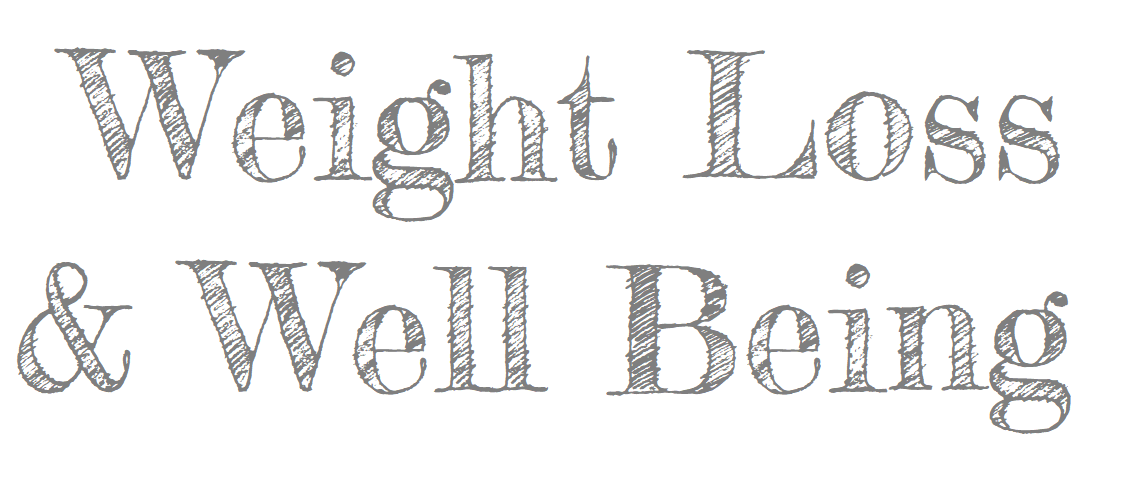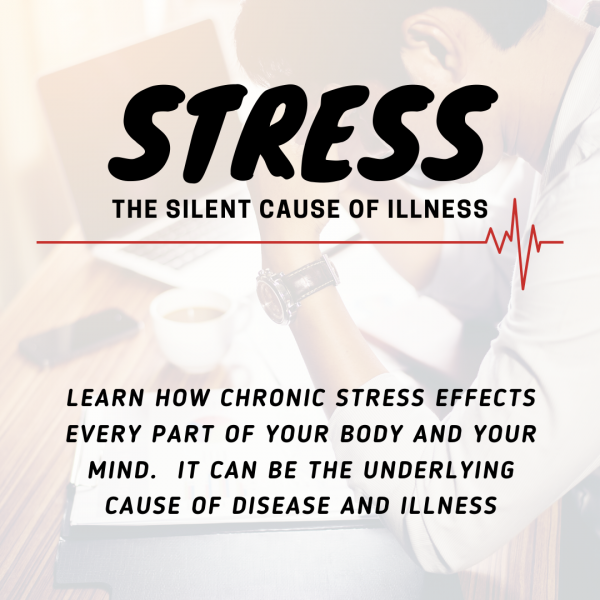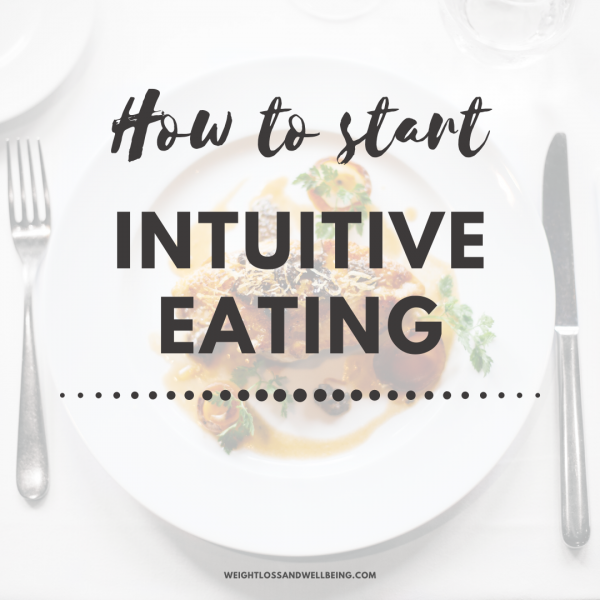Real food rules are compiled from Michael Pollan’s book, In Defense of Food: An Eater’s Manifesto. He outlines a simple set of rules to help avoid highly processed foods and refined sugar in our modern food landscape.
Please note, this post contains Amazon Affiliate links that generate revenue for the site, at no additional cost to you, should you utilize one of the links.
We have known the health benefits of a real food approach for a while now. But even more emphasis is being put on the sustainable farming practices that accompany real food. Many more people are now seeing the importance of stepping away from food-like products and returning to a more natural state of eating.
I have compiled these 20 simple Real Food Rules from the guidelines Michael Pollan sets forth in his book. If you’re new to this idea check out Real Food Defined. And make sure you start with Rules #1-5, if you haven’t already.
Keep in mind no one can be perfect, but sticking to these easy rules can help you shift away from the “industrial food chain.” It can be absolutely overwhelming at first, so make sure to take it slow and change what you can.
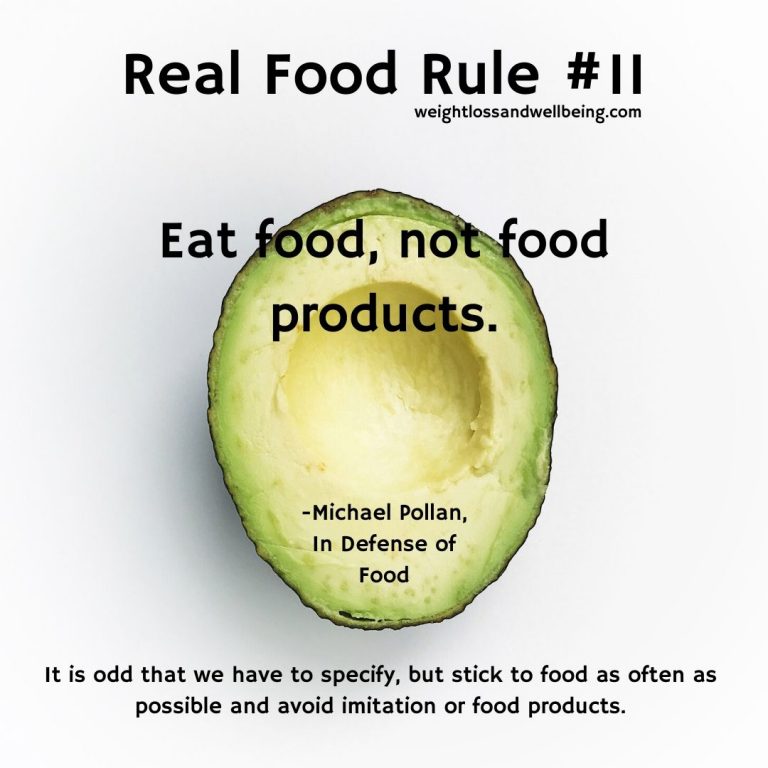
Real Food Rule #11
This one definitely seems odd, but you would be surprised how many imitation foods you regularly eat. I know you’re thinking, “but I never eat imitation crab.” That is definitely not the only imitation food in the supermarket. However it is one of the few that is required to be labeled as such.
In fact the large majority of processed foods, are in fact “imitation foods” just like that mysterious imitation crab. That super smooth low calorie white bread, that’s actually imitation bread.
When a food like yogurt or bread is no longer made of the original ingredients that we traditionally know them as, it is an imitation. The bread contains a highly processed blend of starches, fillers, and sweeteners all derived from beans, corn, sea weed, and other things that are not wheat. Stay away from things that are not made of their whole original ingredients.
Real Food Rule #12
We are omnivores, meaning we can eat both meat and produce. It is a wonderful thing to be. But finding the right balance can be tricky. Americans have always relied on large amounts of animal products in their diet. So it is imperative that we take a step back and really focus on including vegetables.
It was such a challenge for me at first. Instead of choosing a meat to base my dinner around, I started choosing the vegetable first. Once you can master that, try including as many leaves (think lettuces and dark leafy greens) as you can.
Those leaves are packed with vitamins and micro-nutrients that your body needs to thrive. And they are super low in calorie. Making it easy to add a little bit of butter to make them tasty and healthy. Focusing on high volume, low calorie foods also helps with weight loss.
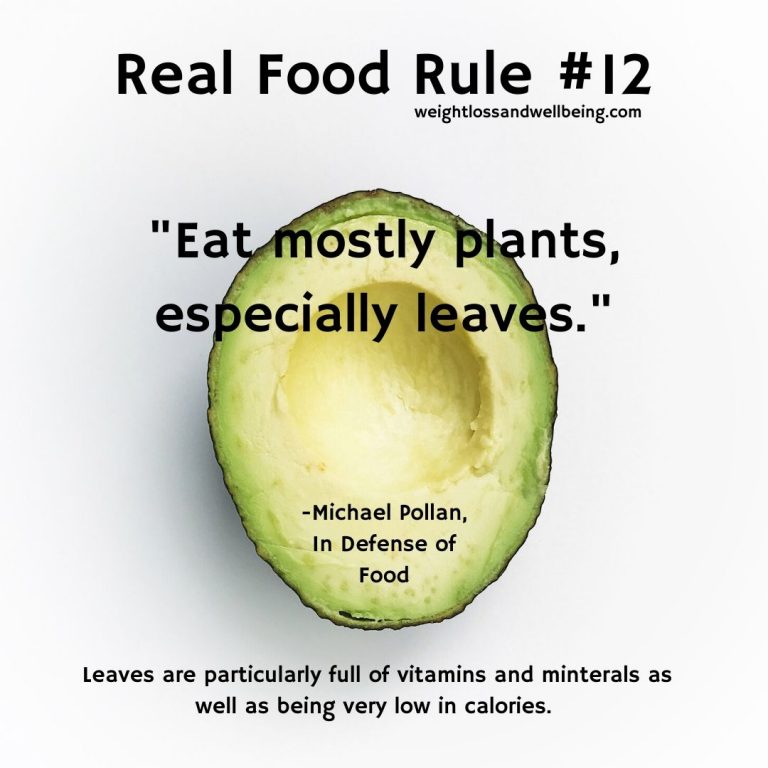
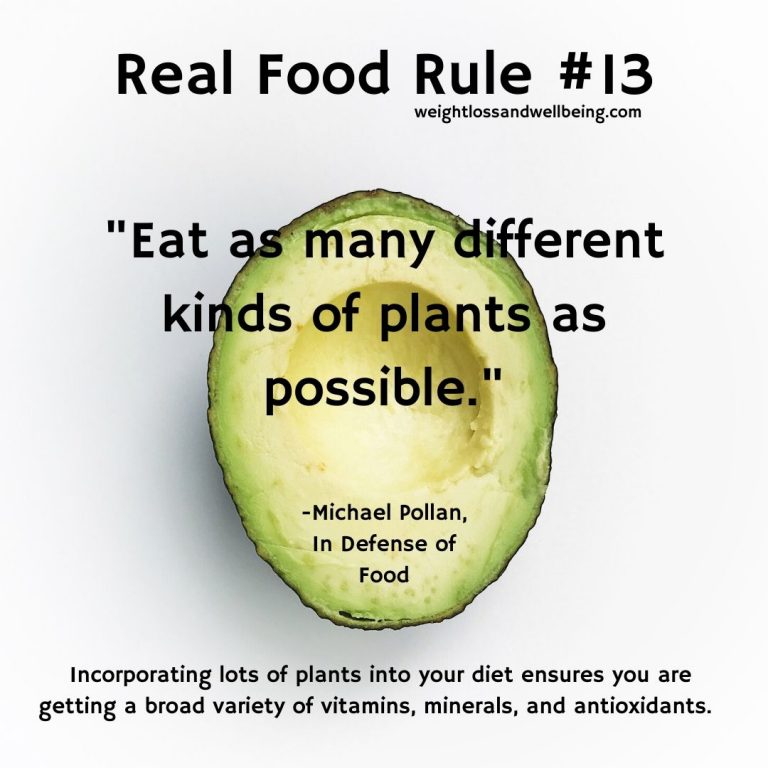
Real Food Rule #13
The infamous Tupperware with chicken, rice, and broccoli is the longstanding “healthy” meal image. And yes it may be a fairly balanced meal, but it is still lacking. Eating the same vegetable, like broccoli everyday, is not a good idea.
Try to branch out and try new vegetables, herbs, and lettuces as often as possible. By incorporating lots of variety into your diet you can ensure you’re consuming the full spectrum of vitamins, minerals, and antioxidants.
Every time I go to the supermarket I try to get at least one vegetable I didn’t have the week prior. (Make sure it is in season!) You’ll be surprised at how easy it is to swap them out. If you like russet potatoes, try grabbing a purple potato or a sweet potato instead. Or next time grab a bag of spinach to add to your romaine salad mix.
Real Food Rule #14
Animal products are some of the most nutrient-dense foods on the planet, and for good reason. A cow, for example, spends its entire life eating grass and turning that grass into a highly condensed, micronutrient rich food for humans to consume. Which is fantastic, because we do not have the time or the jaws to eat enough grass to get those nutrients out of it.
Therefore the animals we consume should be treated with the utmost care and respect. They should be provided natural environments, and real, whole foods. The foods they consume and the lifestyle they live is completely reflected in the quality of meat they provide.
We need to acknowledge that the animal products we consume have come from a living being. And make sure that the meat and dairy we are choosing has come from a farm that holds these values.


Real Food Rule #15
This is also the best real food money saving tip, buy a freezer. And more importantly learn how to prep and prepare items to be frozen and used later.
Our modern lifestyle demands convenience food. So I like to stock my freezer full of quick and easy meals and snacks. Creating real food versions of common ingredients (like stock, pre-cut vegetables, and breads) and stocking your freezer will prevent you from relying on the highly-processed stuff at the supermarket.
Cooking in bulk is fantastic, but buying in bulk is even better. When you find good quality meat on sale, buy a bunch and freeze individual portions. Do the same with seasonal produce. It may not be as good as fresh, but it is definitely a close second (especially if you’re saving money).
